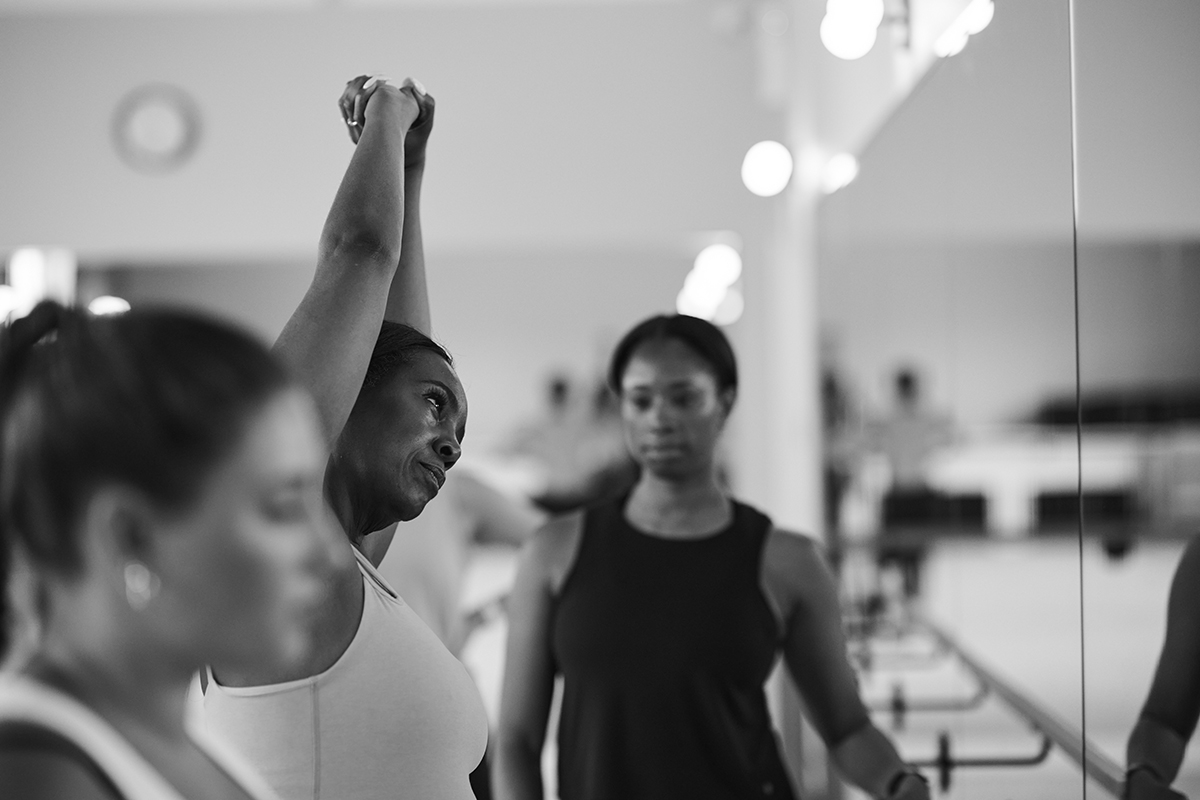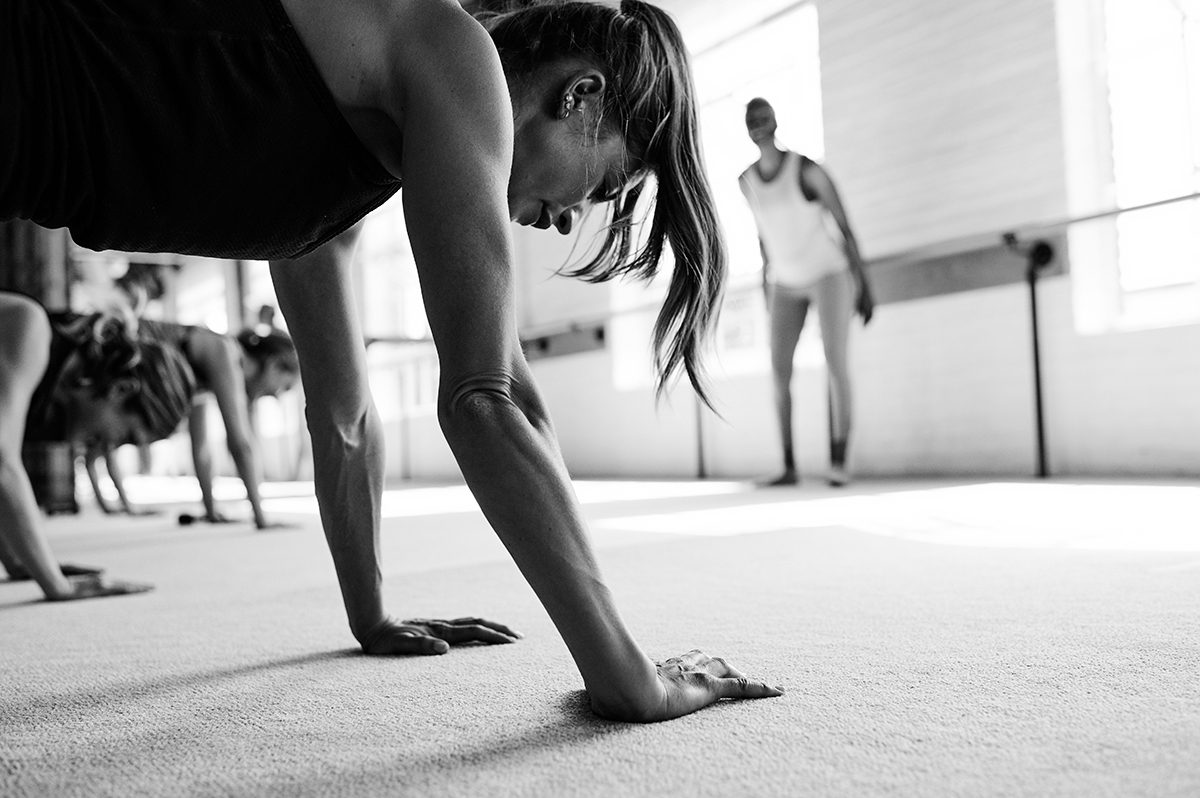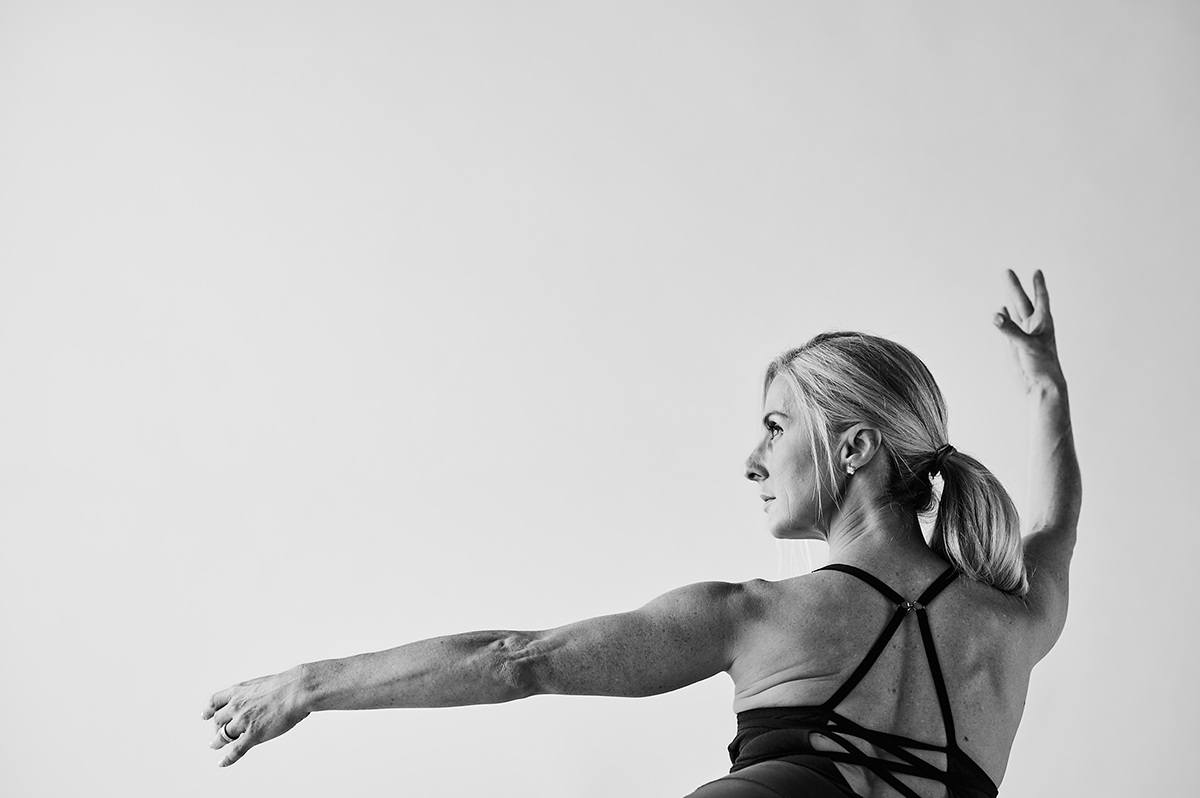New clients! For a limited time, Get 13 Classes for $78 (only $6 per class)
How Music Can Sculpt Your Body

Pitbull singing “Sexy People”
I have a deep appreciation for power of a great song to energize a workout. When I’m in class about to go into “thigh-work” and I hear the century-old Italian ballad “Torna a Surriento” start to play, I know that Pitbull is about to jump in and stomp all over this old song with a high energy, joyful rap about “sexy people all around the world.” Blood flows into my thighs and I’m propelled through the reps by the pounding beat of “Sex-y Peo-ple.”
There’s a definite advantage to being able to exercise in this day and time when you can download onto easy-to-use portable music devices a multitude of great dance songs by artists like Pitbull, David Guetta, Flo Rida, Nelly Furtado, Ludacris, Kaci Battaglia or who anyone who inspires you 🙂 ™«

David Guetta
In addition to keeping you motivated and energized, music can optimize your results from working out in a number of other ways. If you exercise to a musical beat, that beat can spur you to move faster. Dance aerobics and some strength workouts such as the Bar Method tap into the power of rhythm this way to intensify their workouts. Pushups in a Bar Method class are more challenging than they otherwise would be because you do them to an up-tempo beat, making each rep more explosive, precise and effective than reps you would perform if you were left alone to determine your own pace.
You can also harness the power of music during exercise to help you change the shape of your muscles. A small number of targeted sculpting workouts, including the Bar Method, put music to work to this end. The Bar Method, for example, teaches students to “find muscles I never knew I had,” as they put it, by training those muscles first to follow a simple beat, then to contract to that beat with more and more precision and power. This technique has enabled thousands of students to tone certain muscles for the first time, an outcome that has been duplicated by research. University studies on movement and music have found that when subjects focused on performing moves to a beat, they significantly increased their strength and coordination. At the Bar Method new students often initially aren’t aware that training their muscles is a key component of the sculpting process. Many of them start out with a normal level of mind-body awareness but not as much as they need to recruit “hard-to-reach” muscles well enough to change them. So the first few times they try to work these “difficult-to-reach muscles” (the glutes for example), their initial effort is inaccurate and weak. They can’t yet fully engage the muscles and might not engage them at all.
These students can sweat and burn some calories, but they won’t change the shape of muscles as long as they can’t fully engage them. I’ve taught many new students who are just starting out on this learning curve. During, “seat-work,” for instance, their movements are disorganized. They might aim their working leg in a different direction than the one the teacher instructed, or move it slower or faster than the beat, or miss their glutes entirely and bend at their waist, shoulders or ankles. These students simply haven’t yet laid down the neural circuitry they need to execute certain moves with precision and power.
 This ability to locate and fire a muscle quickly and accurately is called “synchronous activation” (see my blog FUN FACTS ABOUT HOW EXERCISE CHANGES YOUR MUSCLES). Bar Method teachers use a number of techniques to help students develop “synchronous activation,” including adjusting individual students’ form and encouraging them when they improve. Among their techniques is system of training muscles by means of music. Teachers start by playing songs with a simple, clear beat that all their students can follow. Then they make sure to count clearly, accurately and on the beat. Finally, they prompt individual students to “accent the rep,” “make the motion sharper and more powerful,” “make your motion a little larger/smaller,” “hold on the top of each rep where you’re most deeply in the muscle,” and so on. This way, students are able to heighten and fine-tune the quality of their movements. After a few months of this work, students develop the neural connections to their muscles that enable them to fire those muscles deeply, thereby effectively strengthening and toning them. One popular result is a noticeably lifted seat, (for which we can thank Pitbull and Ludacris, in part 🙂
This ability to locate and fire a muscle quickly and accurately is called “synchronous activation” (see my blog FUN FACTS ABOUT HOW EXERCISE CHANGES YOUR MUSCLES). Bar Method teachers use a number of techniques to help students develop “synchronous activation,” including adjusting individual students’ form and encouraging them when they improve. Among their techniques is system of training muscles by means of music. Teachers start by playing songs with a simple, clear beat that all their students can follow. Then they make sure to count clearly, accurately and on the beat. Finally, they prompt individual students to “accent the rep,” “make the motion sharper and more powerful,” “make your motion a little larger/smaller,” “hold on the top of each rep where you’re most deeply in the muscle,” and so on. This way, students are able to heighten and fine-tune the quality of their movements. After a few months of this work, students develop the neural connections to their muscles that enable them to fire those muscles deeply, thereby effectively strengthening and toning them. One popular result is a noticeably lifted seat, (for which we can thank Pitbull and Ludacris, in part 🙂
Next week: How to make a great music set with the music you love!



